These also serve as precise straight edges to aid in laying down pencil and chalk lines and other markings. The blades come in colours that make the numbers easy to read and often display measurements in both metric and imperial units. Browse measuring tools such as tape measures and levelsthat feature magnets to attach to metal surfaces for added versatility and convenience. Tape measures are often designed for specific uses or trades. Tapes may have different scales, be made of different materials, and be of different lengths depending on the intended use.
Tape measures that were intended for use in tailoring or dressmaking were made from flexible cloth or plastic. These types of tape measures were mainly used for the measuring of the subject's waist line. Today, measuring tapes made for sewing are made of fiberglass, which does not tear or stretch as easily.
This type of tape measure will have a floating tang or hook on the end to aid measuring. A tape measure of 25 or even 100 feet can wind into a relatively small container. The self-marking tape measure allows the user an accurate one hand measure.
With linear-measured markings usually covering a number of different scales, a measuring tape can be many different materials. Flexible fabric options are great for accurate measurements across circular or jagged surfaces. Measure tapes often have a floating tang or hook at the end, sometimes magnetic, to secure them in place when in use which is ideal if working alone or in awkward spaces.
A tape measure, or measuring tape is a type of hand tool typically used to measure distance or size. It is like a much longer flexible ruler consisting of a case, thumb lock, blade/tape, hook, and sometimes a belt clip. A tape measure will have imperial readings, metric readings or both. They are a common measuring tool used in both professional trades and simply around the home.
Most standard tape measures in the U.S. have markings that measure down to 1/16 of an inch. These are smaller, sometimes thinner markings, evenly spaced between the half-inch and inch marks on a tape measure. On some tapes, quarter inch marks are the same size as eighth-inch marks. Remember that two sixteenths of an inch equals one eighth, two eighths of an inch equals one quarter, and 2 quarters equals one half. For example, the second eighth-inch marking after the inch marking is a quarter inch.
Reading a tape measure is a skill you can easily master. Using this small, sturdy hand tool can improve the accuracy of your project measurements. Learning how to use a tape measure properly means to always "measure twice, cut once." You can use a standard tape measure or opt for a metric one. The Home Depot delivers online orders when and where you need them.
Reading a tape measure correctly is a necessary skill when taking on DIY projects. Tape measures are available in both standard or imperial units and in metric units. Plus, you'll learn some tips and tricks for using this tool to get precise measurements. No matter which measurement system your measuring tape follows, the basic anatomy of the tool and how to read it remain the same.
The sale of dual Metric/US Customary scale measuring tapes is slowly becoming common in the United States. For example, in some Walmarts there are Hyper Tough brand tapes available in both US customary units and Metric units. So, the inclusion of a metric scale requires the measuring device either to contain 3 scales of measurement or the elimination of one of the US Customary scales.
To read a measuring tape, line the zero mark up at the edge of the item you're measuring, then stretch the tape all the way across the item. Try to keep the tape straight to ensure an accurate measurement! Then, look at the point where the tape meets the end of the item you're measuring and read the nearest large number. The large numbers are the units you're measuring, like inches or centimeters, and the markings between the large numbers correspond to fractions of that unit. Just as you would with a retractable tape measure, look for the spot where the end of the object or distance you're measuring lines up with the tape measure. If the tape measure stretches exactly halfway between the 27 and 28 inch markings, this means that your arm is 27.5 inches long.
When I started to sew and for a long time afterwards I just knew the main marks in the tape measure. Something as basic as this should be taught in the school rather than some other nonsense that I learned in school, which I never found a use afterwards. In this age of laser measuring tapes , electronic tape measures and measuring tape apps , and easy paper patterns one may wonder at the use of the ordinary tape measures.
But for me it is one of the most useful and necessary sewing tool. It consists of a ribbon of cloth, plastic, fibre glass, or metal strip with linear measurement markings. Its design allows for a measure of great length to be easily carried in pocket or toolkit and permits one to measure around curves or corners. Today it is ubiquitous, even appearing in miniature form as a keychain fob, or novelty item.
You will see a foot designation marked every 12 inches . Measuring tapes provide the precision you need for any construction or installation project. Look for convenient features such as blades with large, easy-to-read numbers as well as those with both metric and Imperial measurements. Precise indications of each foot or meter also makes it easier to mark cutting spots with a pencil. Tape measures with auto-locking blades also allow for measuring without the need for a helper to hold the blade in place at one end.
Additionally, multicatch hooks attach to the corners of wood planks or door jambs, keeping them in place while you walk backward and pull out tape. The use of millimeter only tape measures for housing construction is a part of the US metric building code. Millimeters produce whole numbers, reduce arithmetic errors, thus decreasing wastage due to such errors. The most common tape measures are 12 feet, 25 feet, or 100 feet in length.
The 25-foot length is called a builder's tape and is marked in feet and at 16-inch increments to make measuring the standard distance between wall studs easier. The 100-foot tape, usually of reinforced cloth, is useful for determining property boundaries and other exterior measurements. A tape measure is a portable measurement device used to quantify the size of an object or the distance between objects.
The tape is marked along the tape edge in inches and fractional inches, typically in quarter-, eight-, sixteenth-inch increments. Some tape measures are marked in millimeters, centimeters, and meters on one edge. An easy to read, accurate and precise, universal language tool that every discerning tape measure connoisseur would feel proud to add to their collection. Its highly flexible material construction fits comfortably around the waist and gives imperial and metric units simultaneously! Personally I much prefer this type of measuring tapes for sewing.
Converting lengths for sewing is simple using a tailor's tape marked in both cm and inch. All you need to do is read the inch side corresponding to the number in centimeters. If we have to convert for example 66 cm into inches, looking at the image below we can see the result is 26 inches. The tape measure for sewing is usually soft and flexible strip/ribbon with linear-measurement markings made mostly from reinforced polyester or fiberglass. Sixteenth-inch marks are considered as the shortest lines of all measuring tapes.
You will find 16 tiny marks per inches and 4 in each quarter inch. To draw a straight line, hook the tab onto a straight ledge of a board or a table ledge and extend the tape. Place the pencil at the desired length and let the tape housing come up to meet the pencil, then lock the tape in place.
Holding the pencil and tape housing with one hand, place your other hand on the hooked tab, dragging the tape measure, pencil, and hooked tab down the straight ledge together. It sounds involved, but once you do it you'll find it's a quick and easy way to mark lines that you don't need to be 100 percent accurate. Use the tiny, densely-packed marks for sixteenths of an inch. The shortest lines of all on most measuring tapes are the sixteenth-inch marks. Use the same pattern for recognizing these minuscule measurements. On a tape measure labeled with imperial units, the most prominent marks are usually the one-inch marks.
These are typically marked by long, thin lines and fairly large numbers. Standard or SAE tape measures clearly show feet, inches and fractions of inches. The measurements on a tape measure are generally 16 marks to the inch. Laser distance measurers can often measure accurately within 1/16 inch. Well a tape measure, or measuring tape, is just a flexible ruler.
How To Measure Pants With Measuring Tape It's a lot longer than your standard ruler and much easier to use when you're measuring a larger space or a piece of lumber. Just like a ruler it has markings on it at different intervals for measurements. Although the measuring marks on most tapes are accurate, the hooks can get bent or warped over time. To verify accuracy, pull a line on a known straight edge with both tape measures and compare their marks. Ideally this should also be done at the start of every job. But at the very least, take a few seconds to verify no serious damage has occurred if one of the tapes is dropped or otherwise abused.
In metric measuring tapes, centimeters are the most significant markings. Centimeters are generally represented by the large lines , and you will see a number next to each line. A tape measure, also known as measuring tape, is usually a flexible tape used to measure length. Generally, tape measures are built from different materials, like plastic, fiberglass, and cloth. When we talk about the constructional work and craftsmanship, it is among the most effective measuring tools used nowadays. In the United States, the imperial measurement system is normally used on a tape measure, though some models may have both the imperial and the metric system.
A tape measure, also called measuring tape, is a type of flexible ruler. Tape measures are made from a variety of materials, including fiber glass, plastic and cloth. They are among the most common measuring tools used today. We measure our height in feet and inches, our weight in stones and pounds and our speed in miles per hour. Despite this almost all 21st Century technical, engineering or construction measurements are quoted in millimetres.
Most manufacturers have, therefore, opted to produce UK-spec tape measures with both metric and imperial graduations. At Moglix, we have a clear perception of the role played by measuring tapes in the day to day lives of buyers. To live up to their expectations, we upgrade our product range with new models of measuring tapes on a daily basis. The availability of product specifications makes it easy for buyers to select the measuring tapes of their choice easily. Come, get accurate measurements using the measuring tapes which are available here at most competitive price.
Choosing a tape measure may seem like the simplest of tasks, but there are some surprising features to consider. You might assume that the widest and longest tape measure is the best choice, but this isn't always true. While larger options are usually more durable, there are some situations in which a smaller measuring tape is more fitting. If you are working in a tight space, having a bulky tape measure can be an annoyance rather than a benefit. You may want to consider keeping multiple tape measures on hand.
You should also look for measuring tapes with various hook types. The right hook type provides better stability for precise measuring. Are you looking for a measuring tape that is handy, easy to use, a go-to tool for every day, and convenient for outdoor usage? This set of two measuring tapes can be used for body, fabric, sewing, tailor, cloth knitting, and home craft measurements. One of the main qualities of this tape is that you can save yourself from the hassles of retracting the tape back.
These removable, adhesive backed measuring tapes are used for marking fabric or sewing tables for quick measurements while cutting or trimming. The tape does not adhere well to damp or wet surfaces, so make sure the surface is relatively clean and dry. I use this along the edge of my sewing table for quick measurements. If you areremodelingorbuilding a home, reading a tape measure accurately is essential.
Yet when it is stretched out, a tape measure is a jumble of numbers, marks, diamonds, and other confusing symbols. Once you break it down into a few basics, a tape measure is actually very easy to read. Even if math was not your strongest subject in school, you may be comforted to learn reading a tape measure has little to do with mathematical calculations. Reading a tape measure is more about combining basic fractions with an understanding of how marks work on today's tape measures.
On the tape measure marked with imperial units, you will find the most significant marks are commonly the 1-inch marks. These are usually marked by long thin lines and represented by the large numeric value. Bending the tape can lead to an estimate instead of an exact measurement.
Instead, sit the base of the tape measure against one side of the object to be measured. Pull the tang out and hold it to the other side of the bookshelf. Take the reading from the tape and add it to the length of the housing to get an accurate reading. This practice also prevents the tape from being bent repeatedly, which causes damage and premature wear.


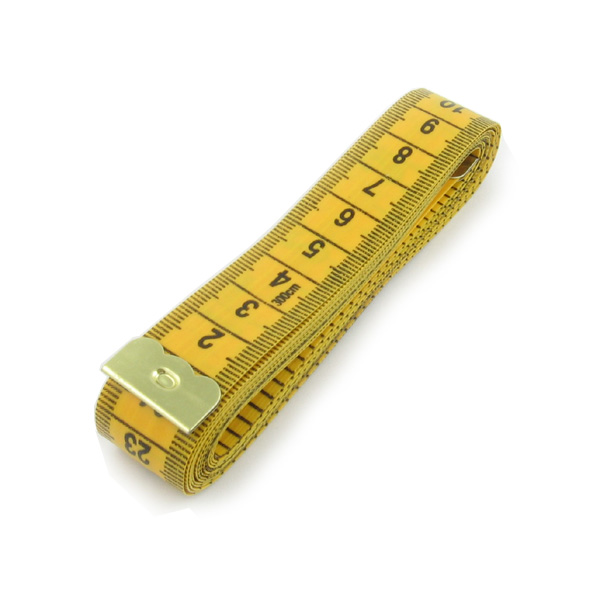







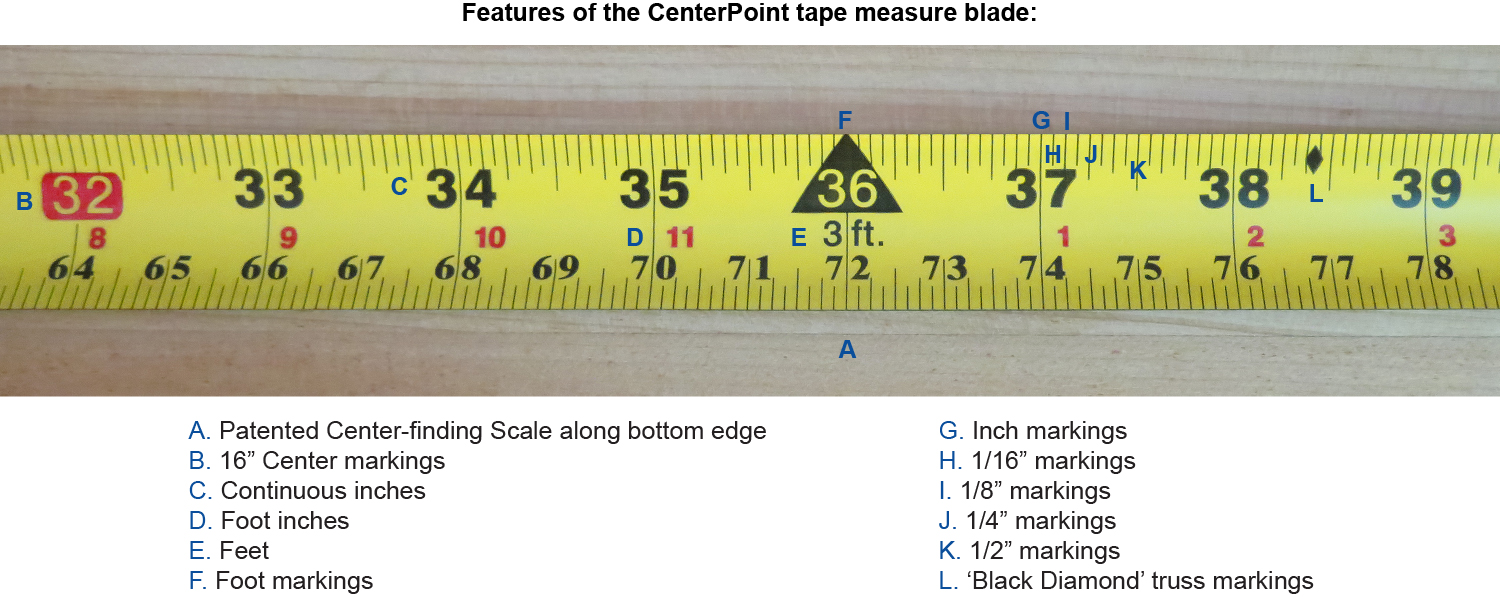




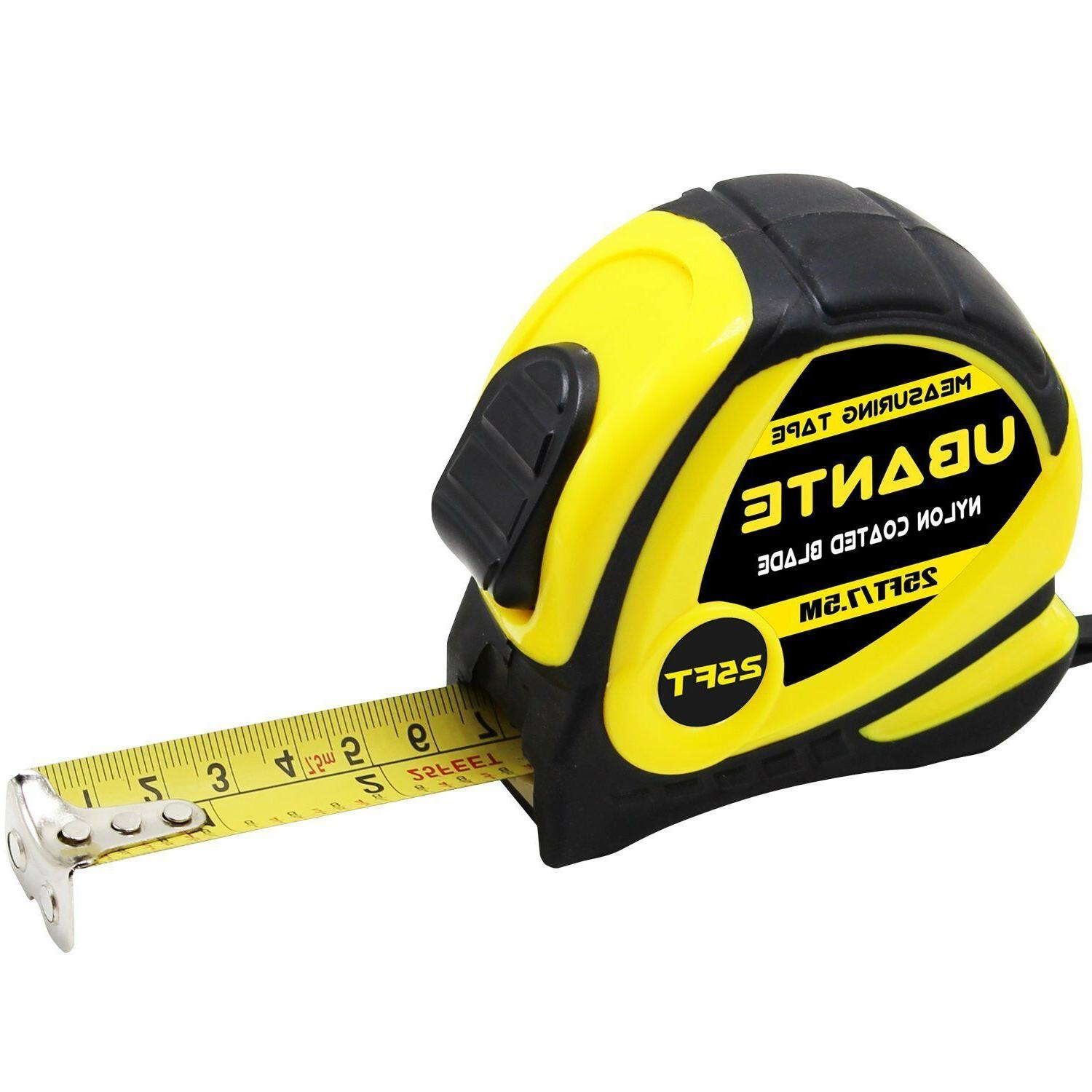





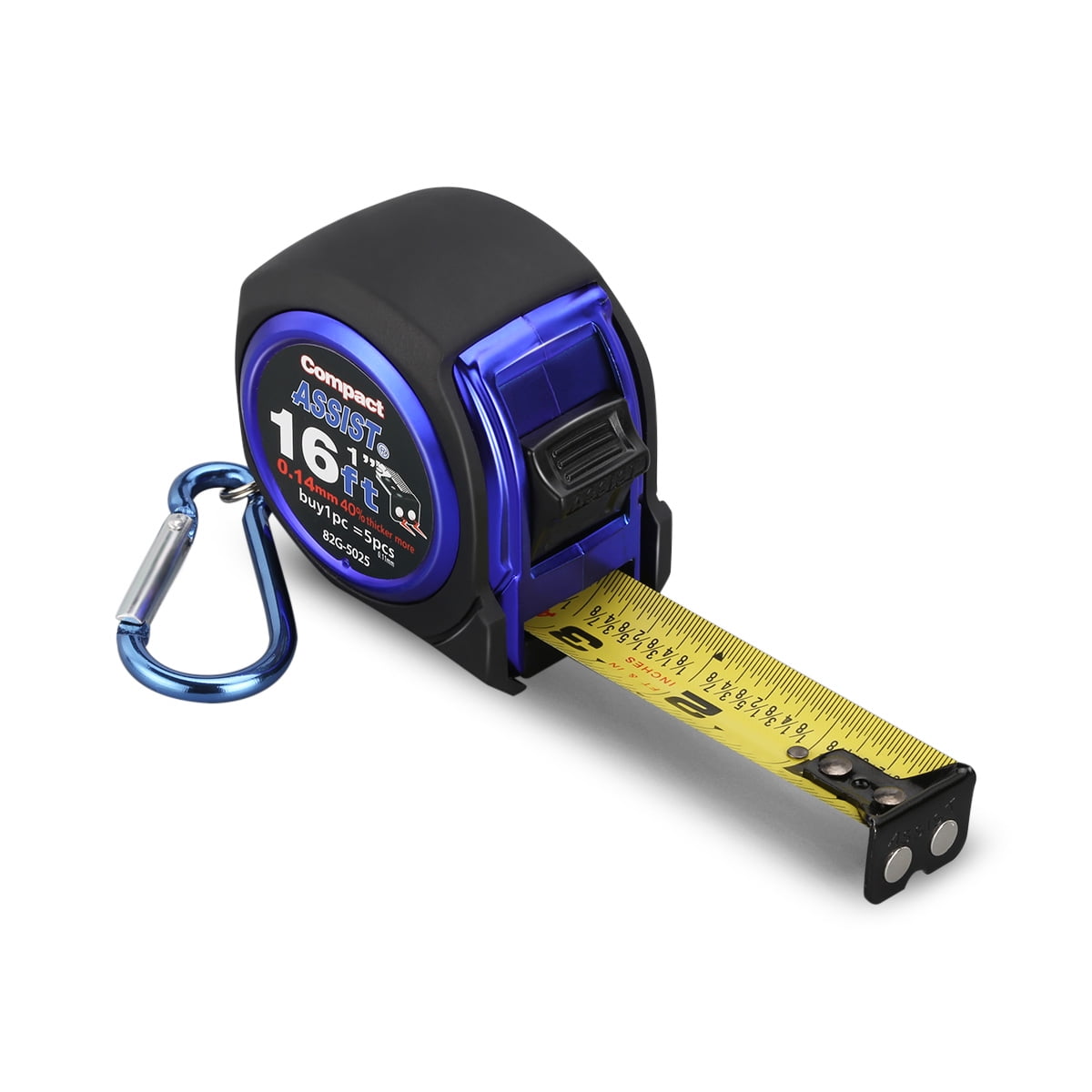


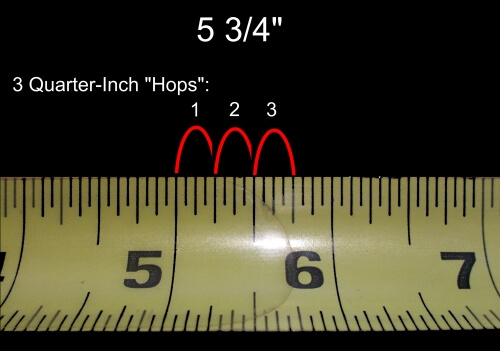


No comments:
Post a Comment
Note: Only a member of this blog may post a comment.